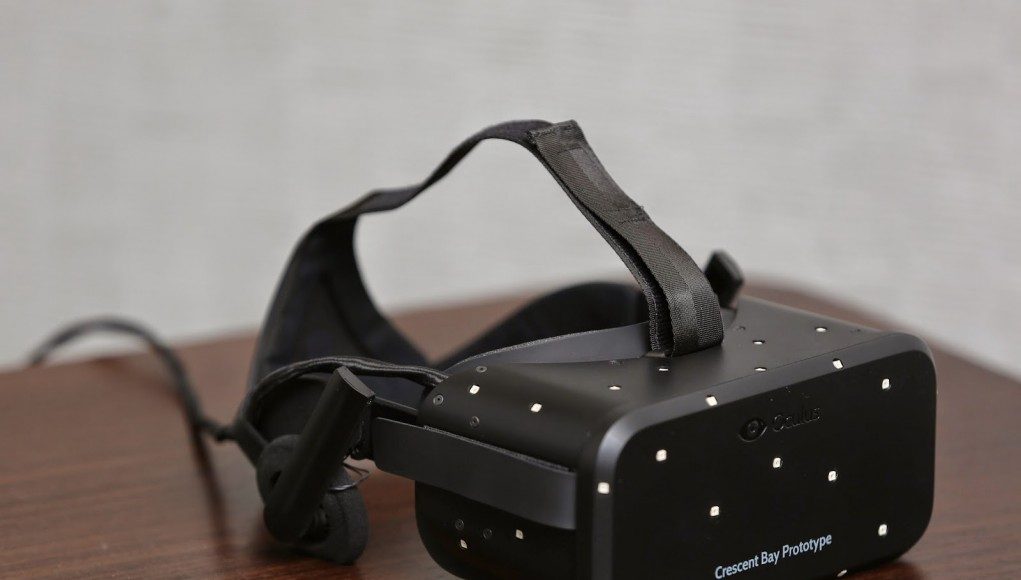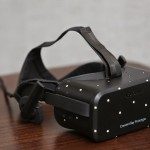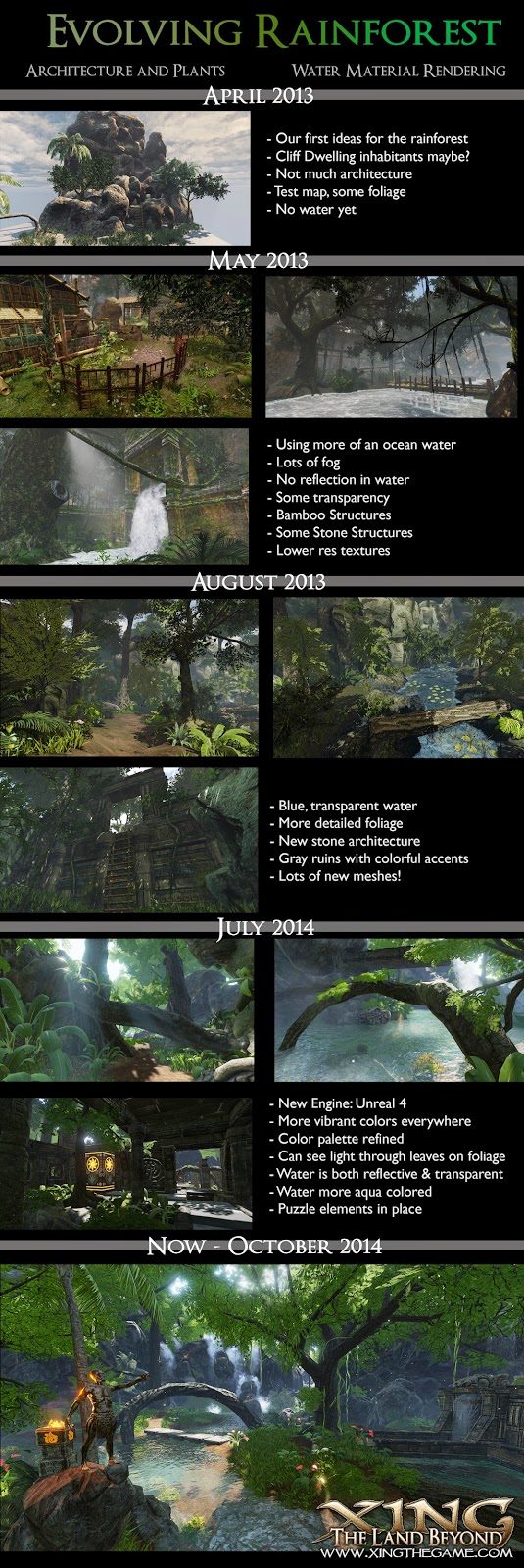The Kickstarter funded Oculus Rift game Xing: The Land Beyond has continually showed promising progress since it successfully reached it’s target way back in April of last year. What’s more, the development team have been eager to share their experiences on the road to releasing the game. Their latest dev blog update is one that’ll likely inspire jealousy in VR enthusiasts everywhere.
Xing: The Land Beyond is a game whose visuals don’t give away the size of it’s development team. The three strong White Lotus Interactive have continually impressed with their progress. As a result, Xing has become a high profile title among the VR community and beyond. And it seems Oculus too have been taking note too.
As detailed in their latest dev blog, whilst in town for IndieCade in California, John Torkington from White Lotus swung by Oculus HQ in Irvine to meet, chat about the future of the game and to try their latest VR Headset Crescent Bay. The new feature prototype was first unveiled at Oculus inaugural, dedicated VR event Connect and wowed all who had an opportunity to try it out.
John Torkington, White Lotus’ audio aficionado, hadn’t joined the rest of the team at Oculus Connect last month so this was his first time the Crescent Bay. Perhaps predictably, he came away impressed:
It’s the first time I’ve felt like I don’t care about the hardware, and I’m just focused on the experience. The rift is starting to feel less like a development kit and more like a final product.
See Also: 11 Reactions to the New Oculus Rift Crescent Bay Prototype (video)
It’s an encouraging theme that seems to have emerged after Crescent Bay demos at Connect, that the hardware has reached the point at which it’s beginning to become invisible once immersed in the world it’s presenting to you. Crescent Bay adds LEDs on the rear of the headstrap enabling 360 degree positional tracking. It also includes a higher quality screen (resolution unconfirmed, but suspected 1440p), asymmetric lenses and integrated audio. All of these elements seem to have combined to give the best chance yet of a user achieving presence.
Dev Update and Estimated Release Date
White Lotus are honest and realistic about their past experience and are obviously well aware of the perils of promising release dates to eager VR fans. But they’ve bravely slated Q1 2015 as their target. The team are concentrating on quality rather than length, and to help illustrate the last year and a half of Xing’s development the team have produced a handy visual time line charting it’s progress (below). We’re looking forward to getting our hands on the final game next year.












